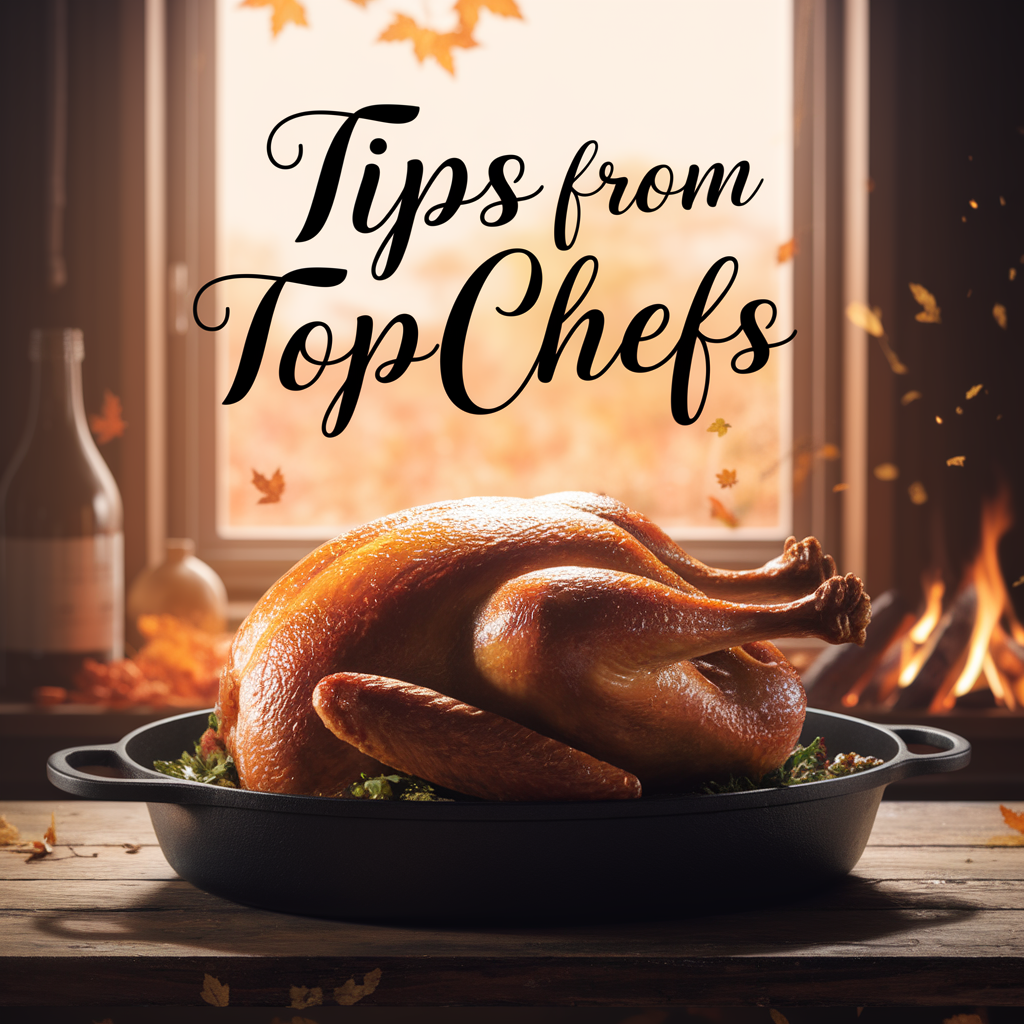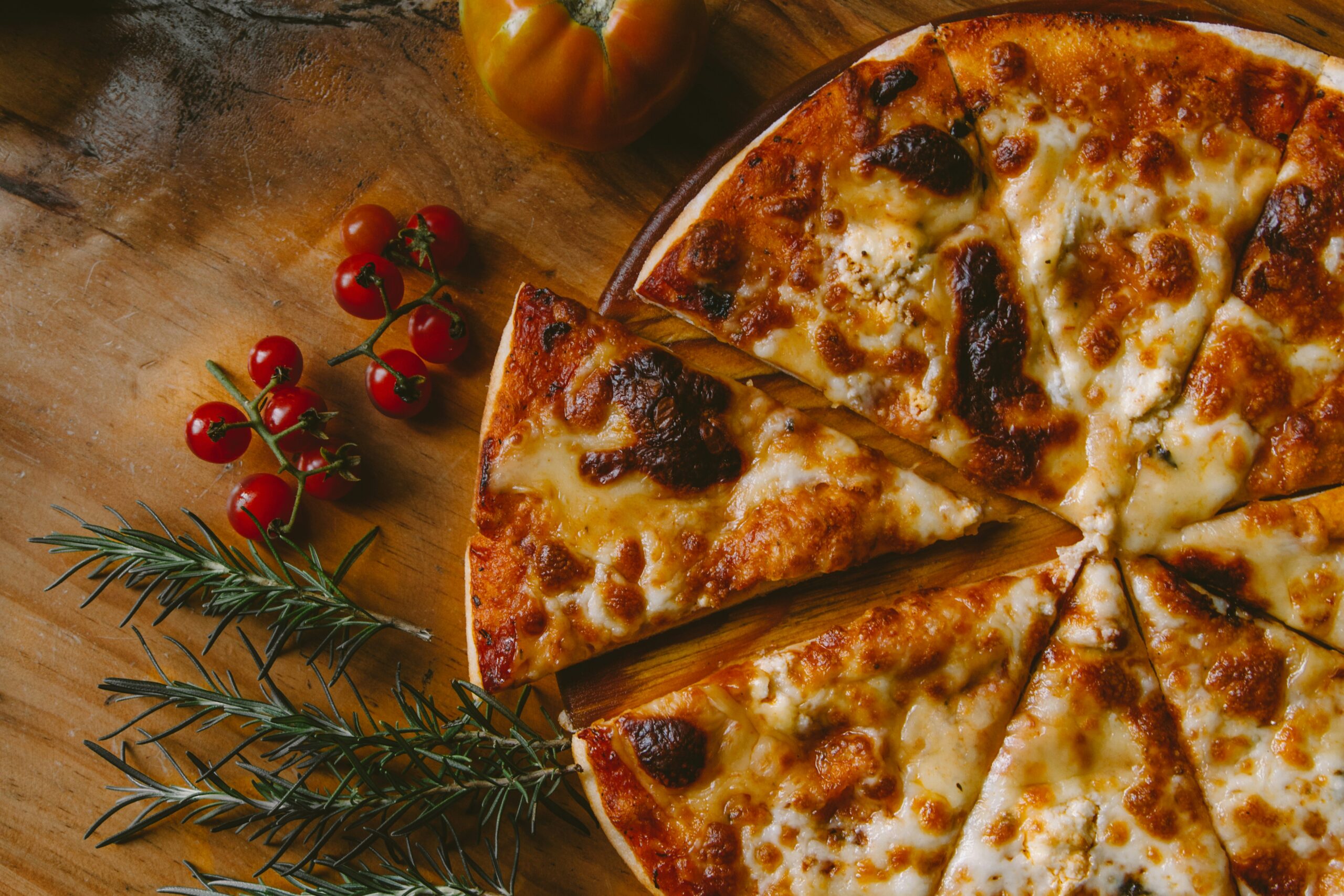Mastering the Perfect Roast: Tips from Top Chefs
The art of roasting – it sounds so simple, doesn’t it? You throw a piece of meat in the oven, set the timer, and voilà! Dinner is served. But in reality, mastering the perfect roast requires more finesse than one might expect. Having talked to several renowned chefs, I’ve collected some invaluable insights that can elevate your roast from “meh” to magnificent. So, let’s dive into the juicy details, shall we?
Understanding the Basics
Before we start delving into the intricacies of roasting, it’s essential to grasp the fundamentals. Roasting is a dry heat cooking method that works wonders on meats, vegetables, and even fruits. It’s all about creating that golden-brown exterior while ensuring the inside is tender and flavorful. But where do we begin?
First off, the choice of meat is crucial. Different cuts behave differently when roasted, so you need to play your cards right. For instance, chefs like Thomas Keller often advocate for using a whole bird (like chicken or turkey) rather than pre-cut pieces. It’s not just about aesthetics; the whole bird retains moisture better, resulting in juicy meat.
Choosing the Right Cut
Now, let’s talk cuts. If you want to master roasting, knowing which cut to choose is half the battle. Here’s a quick rundown:
- Beef: Prime rib is a classic for special occasions, while a chuck roast can be incredibly flavorful when slow-roasted.
- Pork: The shoulder is great for a long, slow roast, but a tenderloin can be a quick and tasty alternative.
- Lamb: Leg of lamb is a popular choice, especially around holidays, while rack of lamb makes for a stunning presentation.
- Poultry: Whole chickens or ducks are excellent choices. As mentioned, they retain moisture and flavor beautifully.
I remember my first attempt at roasting a whole chicken—let’s just say it was more of a “roast fail” than a success. Lesson learned: always check your cut!
Seasoning: The Flavor Foundation
Ah, seasoning—the magic dust that transforms any dish. When it comes to roasting, chefs agree that seasoning should not be an afterthought. Salt, pepper, and herbs are your best friends here. But how much is enough? It’s a bit of an art form.
Chef David Chang suggests a heavy hand with salt before roasting. He believes that seasoning the meat well in advance (at least a few hours or even overnight) allows the flavors to penetrate deeper. A sprinkle of garlic powder or fresh herbs like rosemary or thyme can also elevate your roast significantly. Just imagine the aroma wafting through your kitchen!
The Power of Marinades and Brines
If you’re looking to add an extra layer of flavor and moisture to your roast, consider marinating or brining. While this step might seem like an extra effort, trust me, it’s worth it. Chef Ina Garten swears by a simple brine for her Thanksgiving turkey—salt, sugar, and herbs that create a juicy bird that’s hard to resist.
But for those of us who might not have hours to spare, a simple marinade can do wonders, too. A mixture of olive oil, lemon juice, garlic, and your favorite herbs can make a world of difference in flavor without an excessive time commitment.
Temperature: The Unsung Hero
Temperature is where many novice cooks stumble. You might have the best ingredients, but if you don’t understand how to cook them properly, you’ll end up with a dry, tough roast. Here’s where a meat thermometer becomes your best buddy.
Chef Gordon Ramsay emphasizes that different meats have different ideal internal temperatures. For instance:
- Beef: 130°F for medium-rare, 160°F for medium.
- Pork: Aim for 145°F, letting it rest for a few minutes after cooking.
- Lamb: 145°F for medium-rare, 160°F for medium.
- Poultry: Always cook to a minimum of 165°F.
It struck me that, all too often, we rely on cooking times rather than actual temperatures. Don’t be that person. Invest in a good meat thermometer—it’s a game changer!
Cooking Methods: To Cover or Not to Cover
Whether to cover your roast during cooking can be a contentious topic among chefs. Some argue that covering the roast with foil keeps moisture in, while others insist that exposing it to the dry heat of the oven creates that coveted crispy skin. So, what’s the verdict?
Chef Julia Child famously said, “You must be a little bit brave when you roast.” She often recommends starting the roast uncovered to develop a crust, then tenting it with foil if it begins to brown too much. This approach allows for the best of both worlds—crispiness and moisture.
Resting: The Final Touch
So, your roast is done, and you’re ready to dig in. Not so fast! Chef Michael Symon warns against the common mistake of cutting into the meat immediately. Allowing your roast to rest is crucial. In fact, resting can be the difference between a juicy roast and a dry one.
During the resting phase, the juices redistribute throughout the meat, making every bite a flavorful experience. Aim for at least 10-20 minutes of resting time, depending on the size of your roast. Use this time to prepare your sides or pour yourself a glass of wine (after all, you deserve it).
Side Dishes: Complementing Your Masterpiece
While the roast may be the star of the show, let’s not forget about the supporting cast. The right side dishes can elevate your meal to new heights. Think roasted vegetables, creamy mashed potatoes, or a fresh, zesty salad. Chef Marcus Samuelsson emphasizes the importance of balance—rich, hearty roasts pair wonderfully with lighter, refreshing sides.
And remember, presentation matters! A well-plated roast garnished with fresh herbs or served on a colorful platter can make a world of difference. I once attended a dinner where the roast was nearly overshadowed by its stunning array of sides. Talk about a feast for the eyes!
Common Mistakes to Avoid
Even the most seasoned cooks can fall prey to common pitfalls. Here are a few missteps to steer clear of:
- Skipping the Resting Period: As mentioned, cutting too soon can ruin the juiciness.
- Not Seasoning Enough: A bland roast is a sad roast—don’t skimp on the flavor.
- Ignoring the Oven Temperature: Consistent heat is key. Avoid opening the oven door too frequently, as it can disrupt cooking temperatures.
- Overcooking: Keep an eye on that thermometer! No one wants shoe leather for dinner.
Reflecting on my own cooking journey, I can’t tell you how many times I made these blunders. It’s all part of the learning process, right? Don’t be too hard on yourself; we’ve all been there!
Experimentation: Finding Your Style
As you gain confidence in your roasting abilities, don’t hesitate to experiment. Every chef has their own spin on roasting, and that’s part of the beauty of cooking. Try different seasonings, marinades, and cooking methods. Perhaps you’ll discover that a pinch of smoked paprika or a splash of balsamic vinegar gives your roast that extra oomph.
Chef Ina Garten often encourages home cooks to find their signature style. “Cooking should be fun,” she says, “and it’s all about making it your own.” So, don’t be afraid to get creative—after all, the kitchen is your playground!
Conclusion: The Joy of Roasting
Mastering the perfect roast is a journey, one filled with trial and error, laughter, and perhaps a few culinary missteps along the way. But the rewards are well worth it—a beautifully roasted dish that brings friends and family together, creates memories, and fills your home with delightful aromas.
Armed with these expert tips and insights, you’re well on your way to impressing your guests (or yourself, let’s be honest). So, preheat that oven, grab your favorite cut of meat, and unleash your inner chef. Happy roasting!




